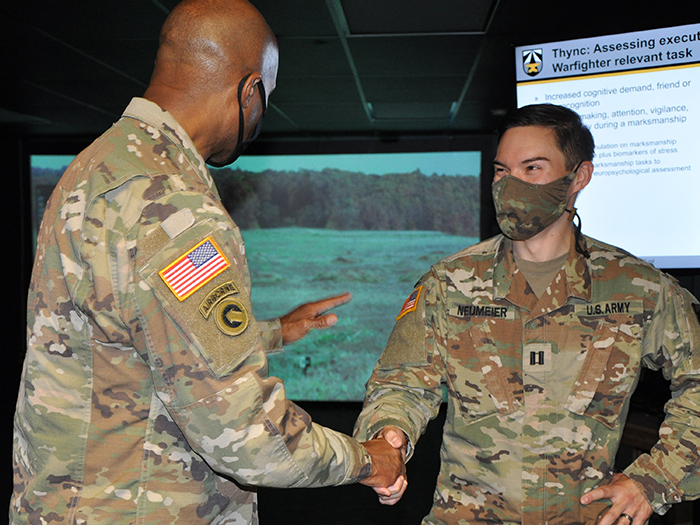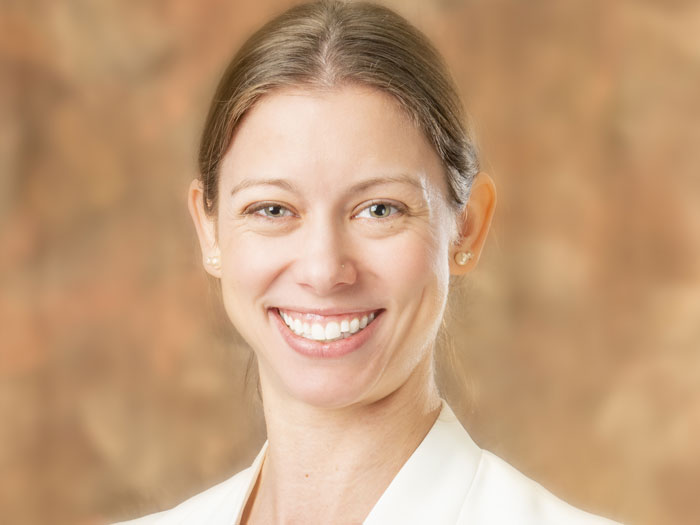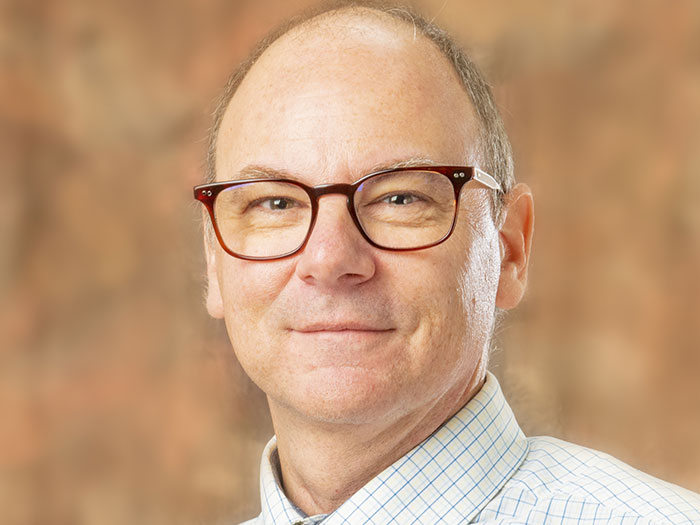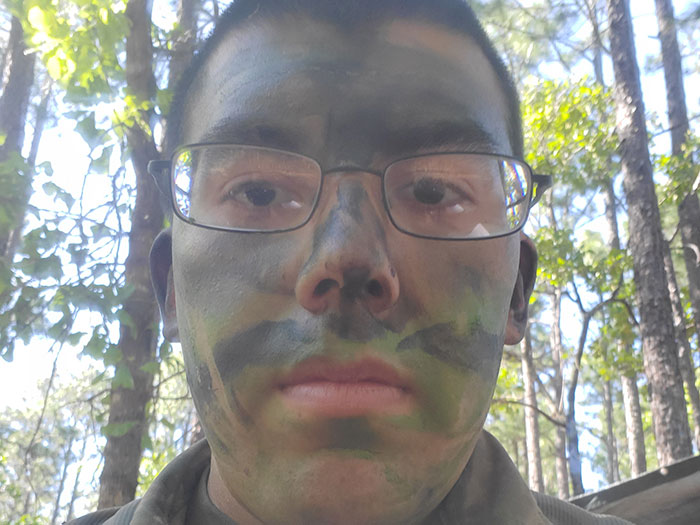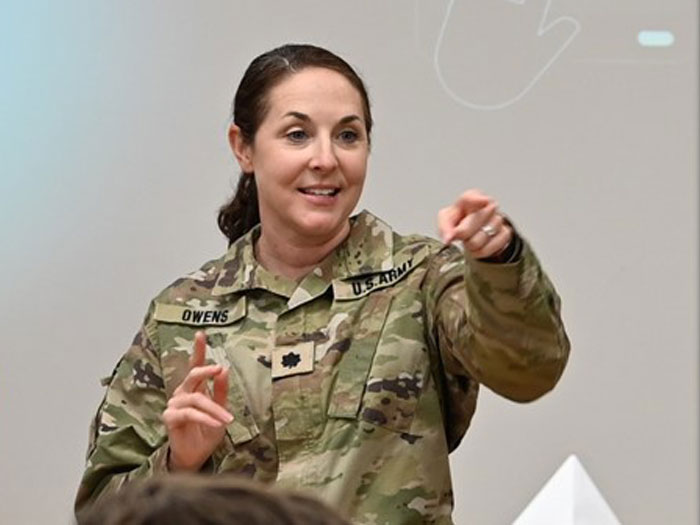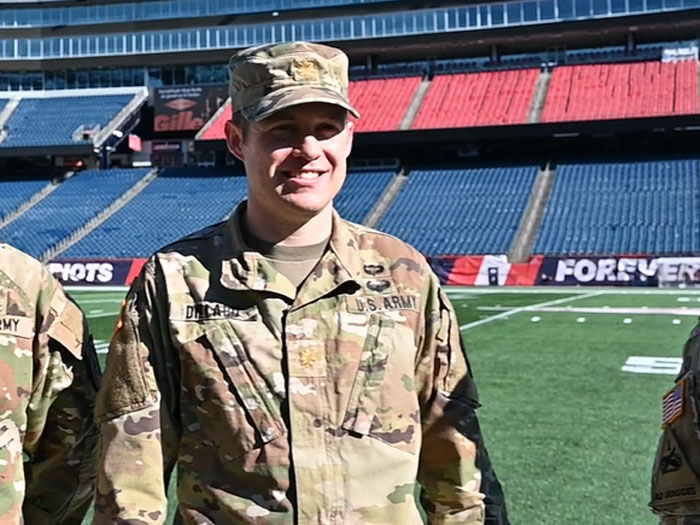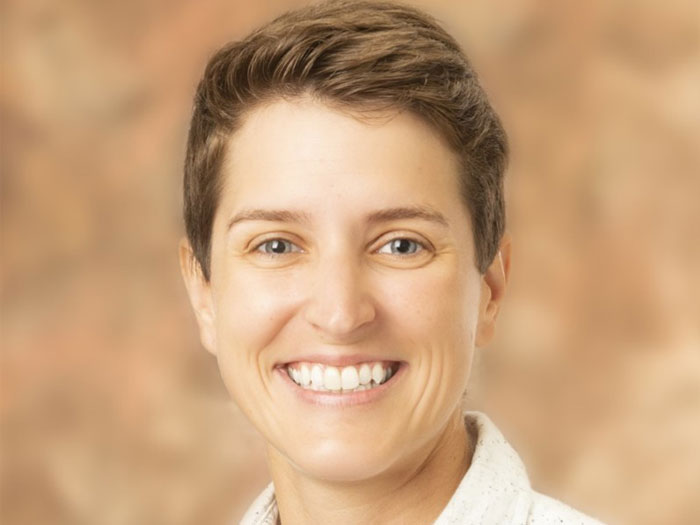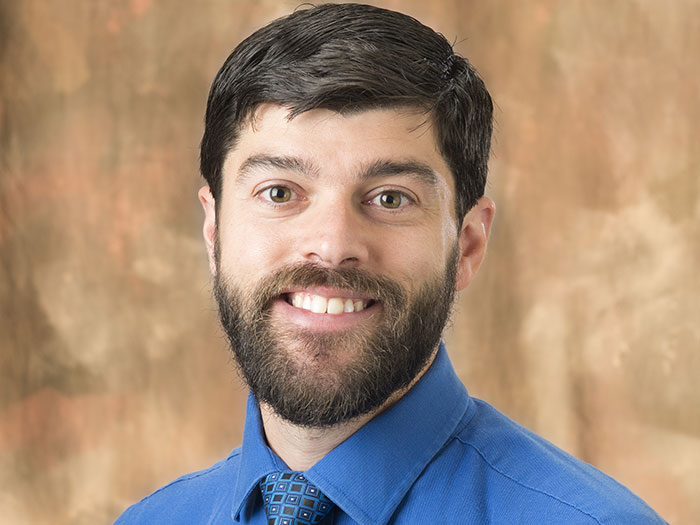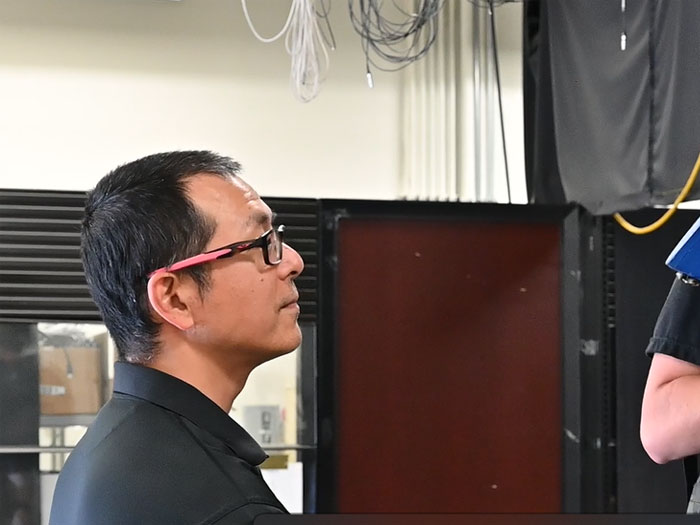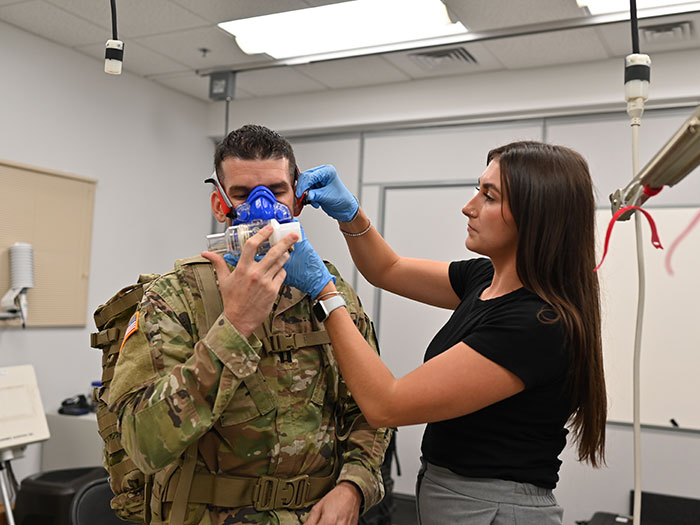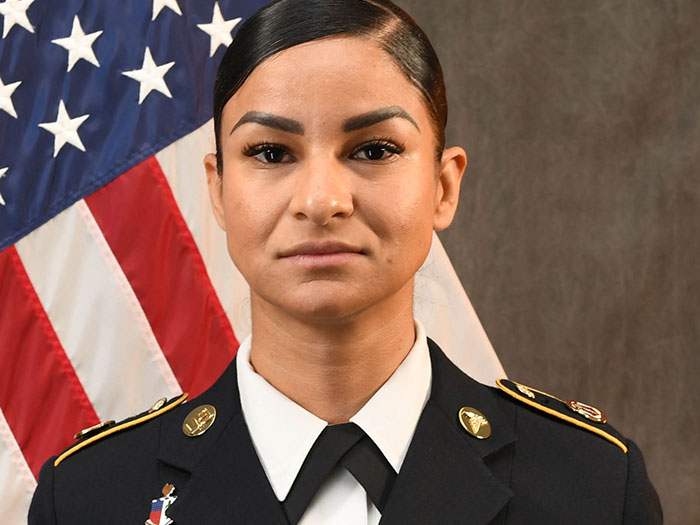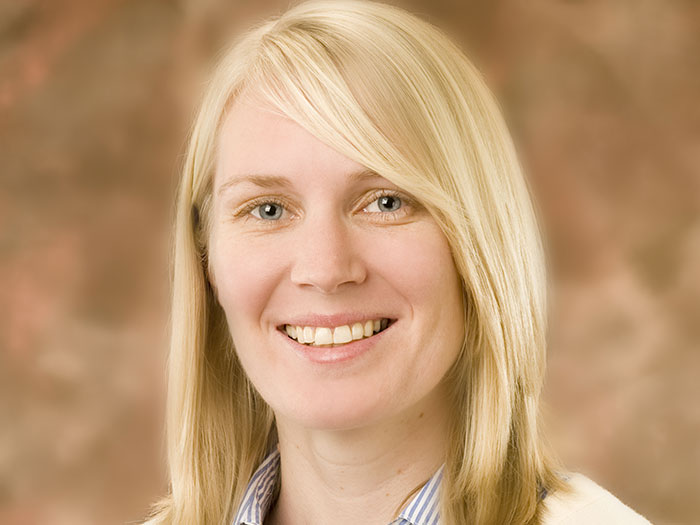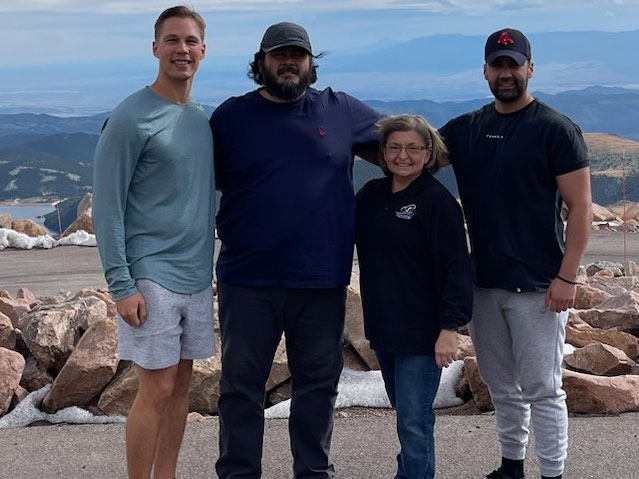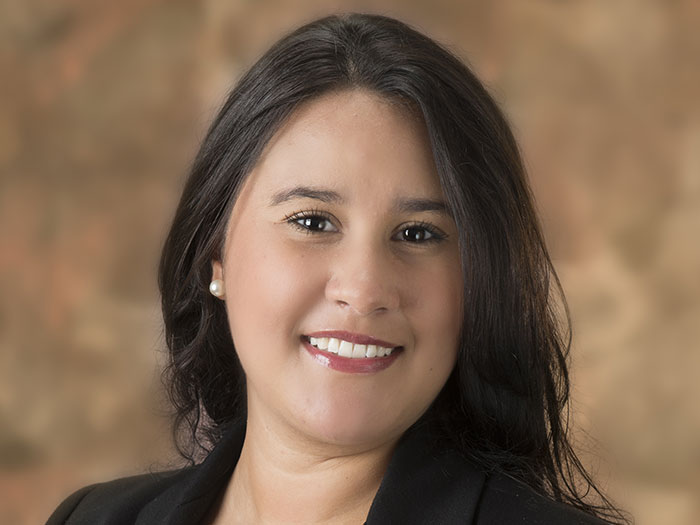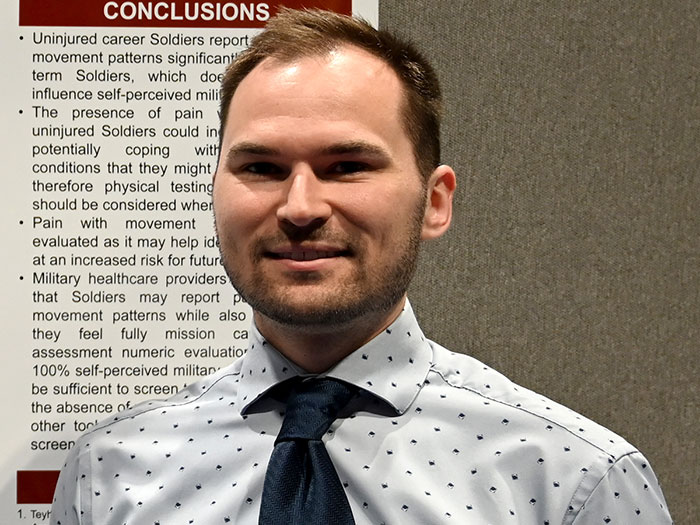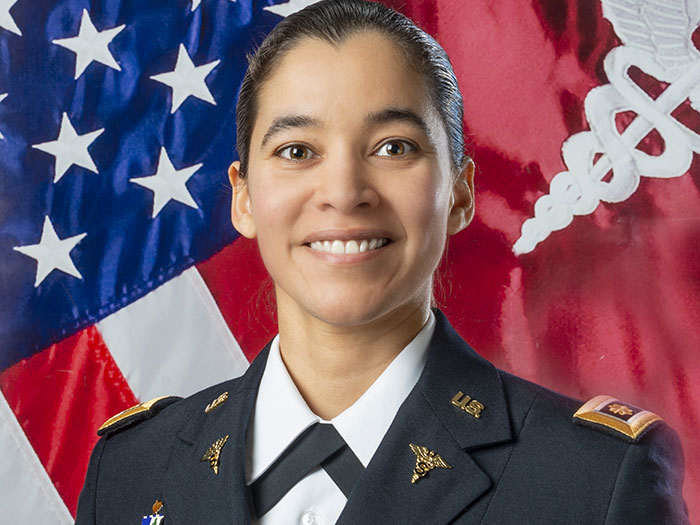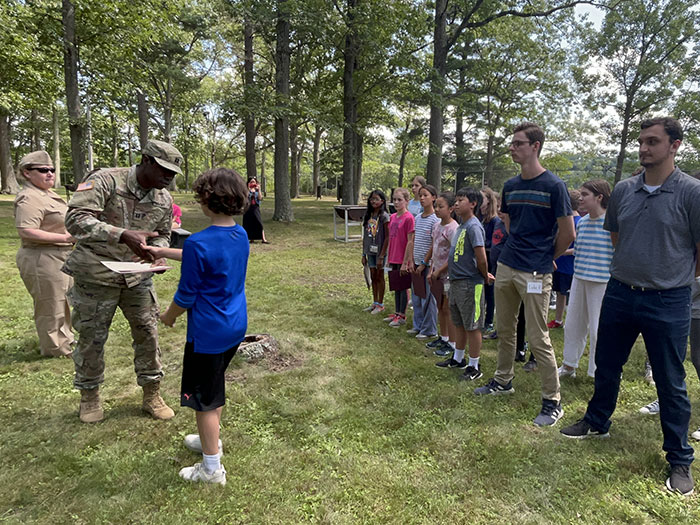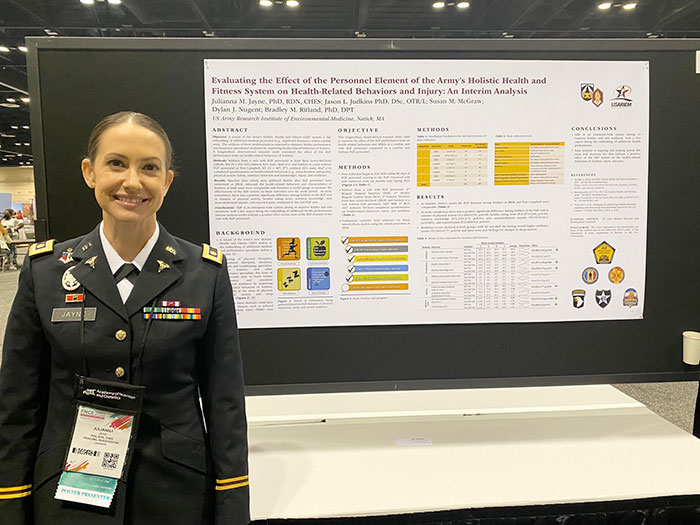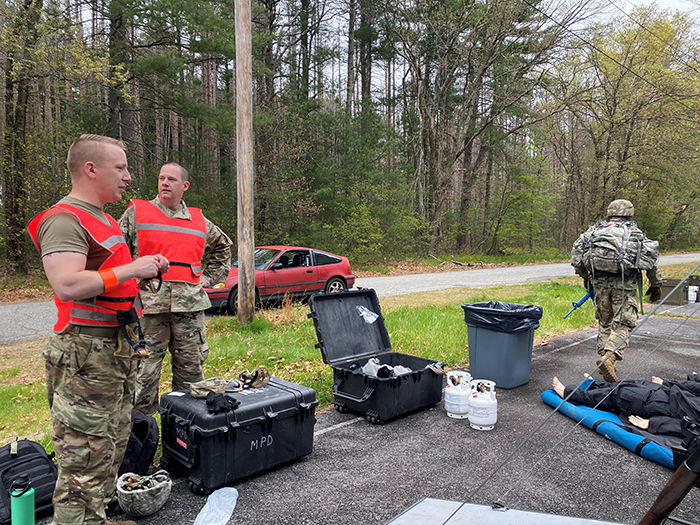Behind the Science with Peter Figueiredo, Research Physiologist in the Military Performance Division.
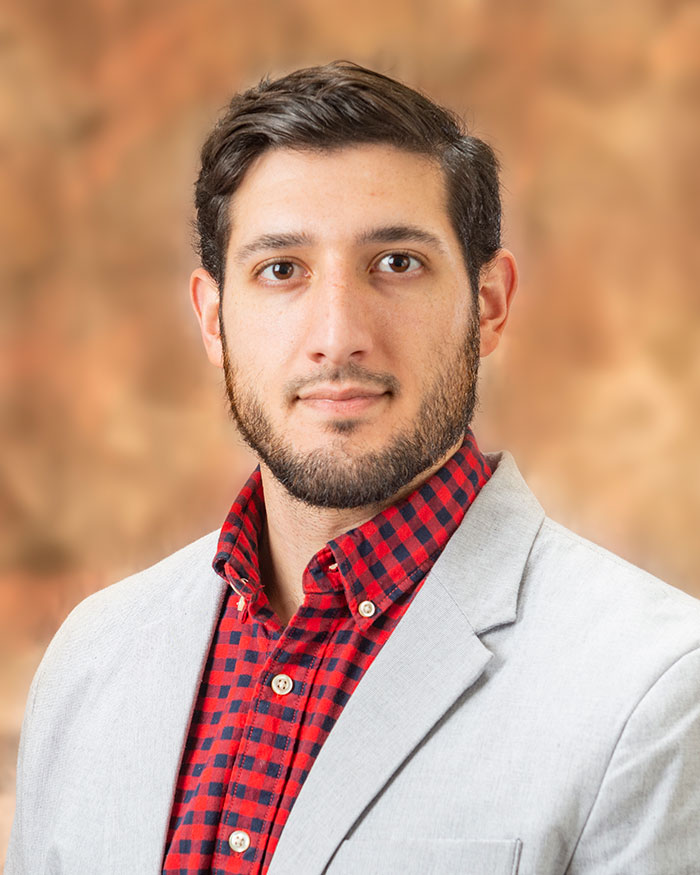
How long have you been at the U.S. Army Research Institute of Environmental Medicine?
I just finished my fifth year with USARIEM and am now going back to school at the University of Connecticut for a Ph.D. in exercise science under advisor Dr. Douglas Casa, CEO of the Korey Stringer Institute.
I was granted the SMART Scholarship-for-Service program, a program that supports STEM students achieve a higher education with a commitment to working with the DOD. So, after I complete my Ph.D., I will be heading back to Natick to do more work with USARIEM.
How did you become interested in Soldier Nutrition and Performance?
I wanted to work in product development for technology-focused companies to improve the algorithms built into wearable technology. After discovering USARIEM and reading about their current work, I applied and got the position. Now I do just that, except the goals of the algorithms and wearable tech are to improve Soldier health and performance in austere environments.
What projects are you currently working on?
I am currently working on the AMS_Alert research study, a DOD funded study on heat acclimation in female Warfighters in collaboration with the University of Connecticut, another collaborative study between Biotechnology High Performance Computing Software Applications Institute and UConn to study body heat transfer in cold environments, and three more studies in the proposal phase.
What aspects of your job do you love and find most gratifying?
I love the cyclical nature of the work. Most of my previous work has involved field studies with data collection in beautiful places like Pikes Peak, Colorado or Taos New Mexico. It's long days and arduous work but you build great team cohesion. When we return to Natick, we assess the data, write abstracts for conferences, and eventually generate manuscripts while proposing new studies. We are never focused on one task for too long. Personally, I find sharing our findings at conferences to be the most gratifying. Particularly when it's an oral presentation with questions.
What part of your job do you find to be the most difficult?
Despite being the highlight of the whole cyclical process, the data collection trips can be mentally and physically draining. It's hard enough to maintain a sleep and eating schedule during these trips, never mind staying consistent with exercise or communicating with family and friends. The studies I've been a part of were at altitude so there is an additional stressor affecting cognition, mood, sleep and productivity.
When you are not at the Institute, what do you like to do for fun?
Spending time with my daughter, running, strength training, disc golf, fishing, snowboarding, hiking and traveling.
2025
2024
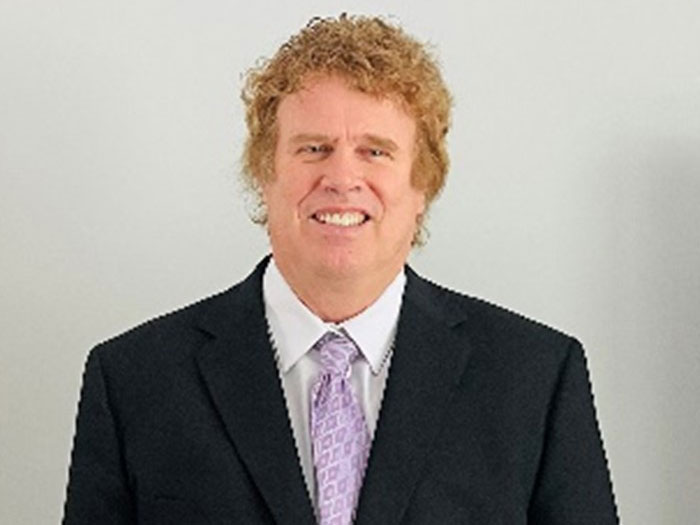

2023
